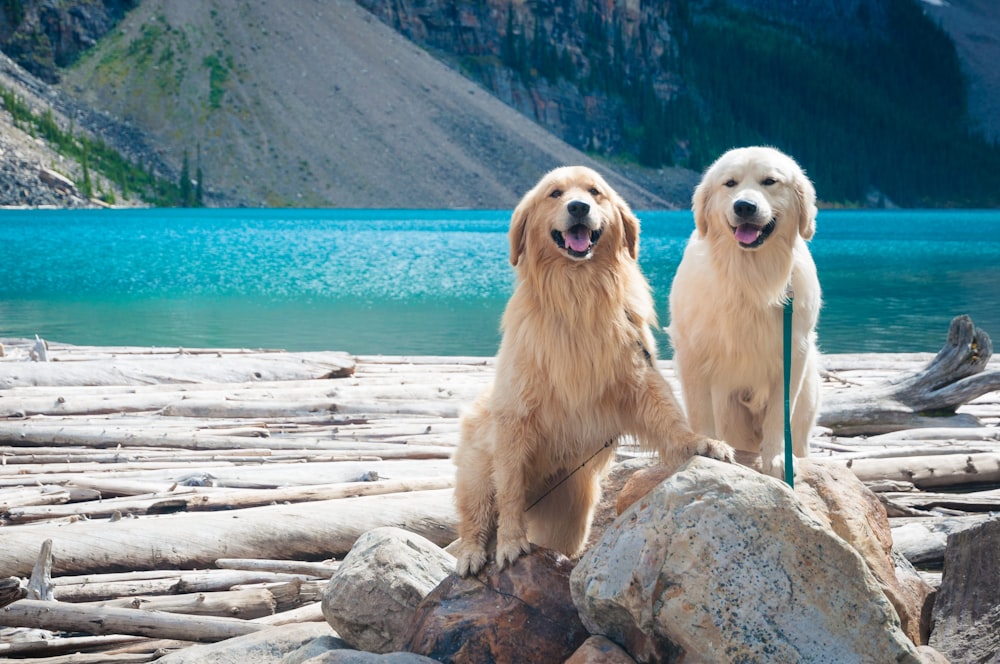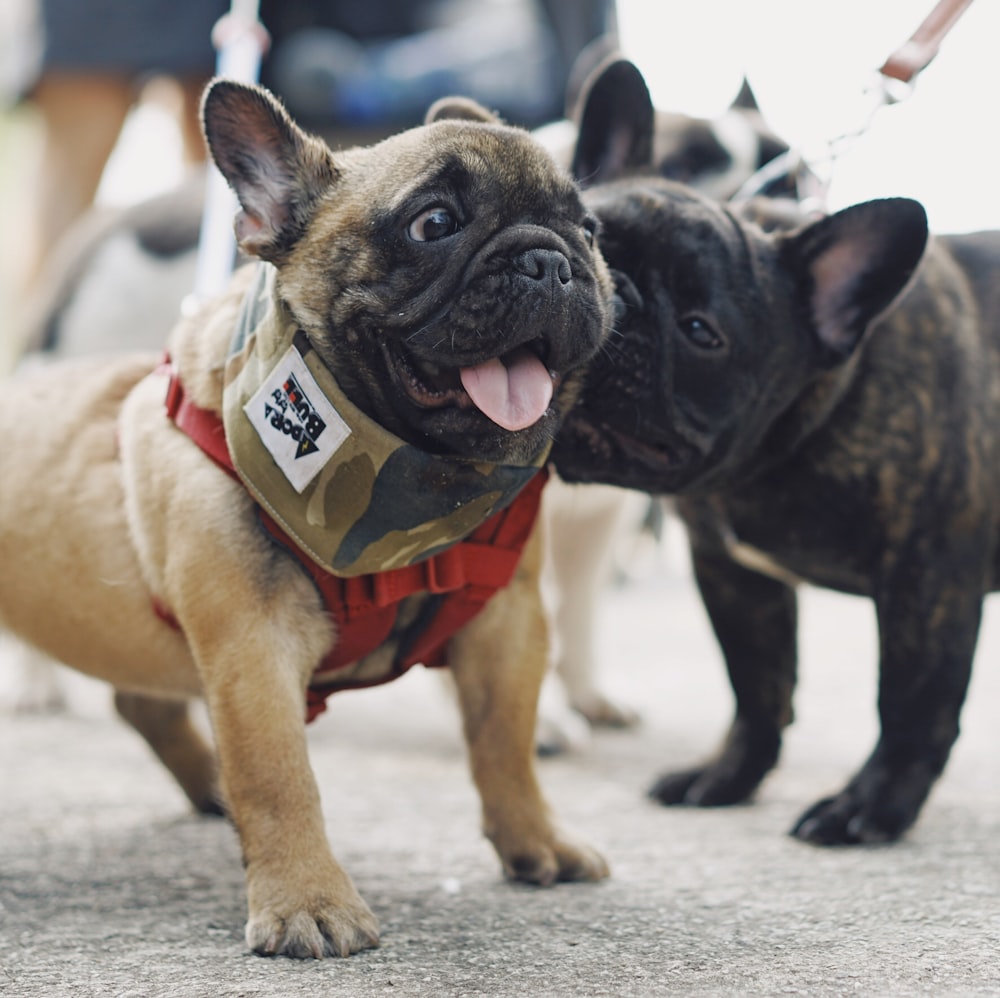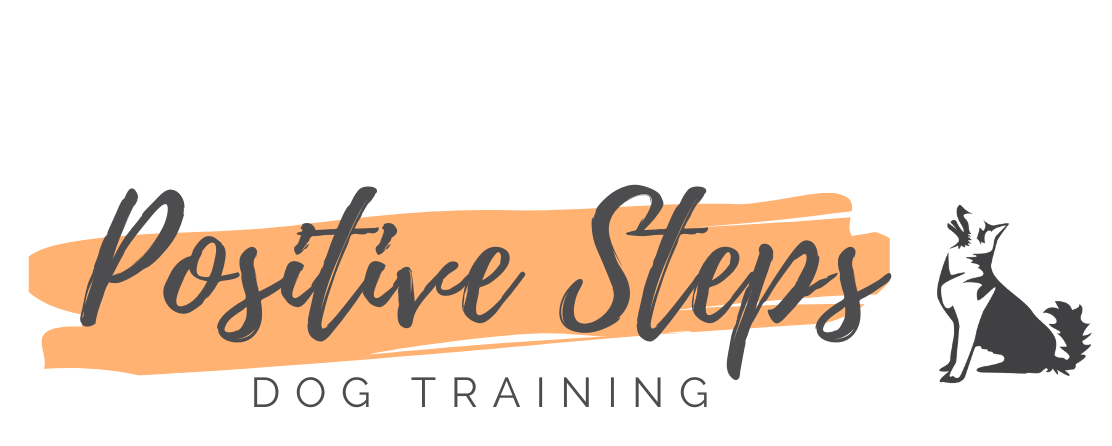
Welcoming a second dog into your household can be an exciting and successful endeavour, but it is not a decision that should be made lightly. There is no one-size-fits all answer as to whether a second dog is a good idea, just be sure you have fully considered every reality before making the choice to introduce a second dog into your family.
Is the whole family on board?
A new dog will completely change the dynamic of your household, adding more time, cleaning and money to be spent. There will be more fur, poop, muddy paw prints etc. for you to clean up. Be sure everybody is on the same page and the responsibilities will be shared before making the decision! If not, a second dog can feel like a burden, and this isn’t fair on you or the dog.
Do you have the time?
Be honest with yourself with how much free time you really have. Do you have the spare time to train, love and assimilate a new dog into the household? Do you have the time to walk each dog separately if this is required, particularly while training? While you may think a second dog will occupy your current dog and free up some time for you, you’ll also have double the energy to deal with.
Can you afford a second dog?
Be sure to weigh up all of the extra costs that come with a second dog, such as vet bills, grooming bills, food cost, training cost, equipment and toys, and maybe even a larger vehicle.
Do you have the space?
Is your home large enough to accommodate a second dog? Would both dogs have the space to relax without being on top of each other? Do you have a garden large enough for both dogs to run and play? Consider the activity levels of both dogs!
Is your current dog properly trained?
If your current dog displays bad habits, such as excessive barking or digging up the garden, it is likely that a new pup will pick up these undesirable behaviours. Or maybe your current dog is anxious and/or reactive? Many people think a second dog may help an anxious dog feel more confident, however, sometimes a dogs anxious behaviour can be passed on to the new dog. So if your current dog exhibits some unwanted behaviours, be sure to have them properly trained before you introduce a companion.
Is your current dog male or female?
While dogs of the same sex can co-habit peacefully, aggression between same-sex dogs within the same household is very common, particularly with females, and it is often wise to mix up the sex. For example, if your current dog is male, it may be best to introduce a more submissive female, and vice versa.
Have you considered your holidays?
Finding a dog-sitter for one dog can be troublesome enough, and this only becomes more difficult and more expensive when there are two dogs involved. If you take your dogs away with you, travelling can become more of a problem too. Make sure you have thought about your travel plans if there are two dogs to consider.

Tips to Introduce A Second Dog into the Household
Like any training process, introducing and socialising a new dog within the household takes time. It is our job as responsible dog owners to ensure introductions go as smoothly as possible, by following some general guidelines.
- Initial introductions should be made on neutral territory with both dogs on loose leads, allowing them to interact without any frustration of being on a tight lead. If this goes well, both dogs should be allowed to interact off-lead in a safe area.
- Supervise both dogs at all times in the early days, until the adjustment period is over. If the second dog is a young pup, then your older dog may correct the pup with growls or snaps from time to time – this is a completely normal way in which adult dogs teach social skills to young pups. Your job is to supervise to ensure things don’t get out of hand.
- Ensure both dogs have a safe space to take some ‘me’ time if required, allowing them to relax without being interrupted by anybody in the household, including the other dog.
- Positively reinforce the behaviour you want to see more of from your current dog, such as when they are behaving well with the new dog.
- Ensure both dogs are given equal attention as well as quality one-on-one time with you.
- Feeding the dogs separately for the first few weeks will ensure no fights arise, before bringing them together for supervised feeding.
If you have considered all of the above, weighed up the pros and cons, and know that a second dog is the right choice for you, be ready for double the love! If you have any questions about introducing a second dog into your home or you’re interested in training, we would be happy to help – please get in touch!

